How similar was Mesopotamia to Ancient Egypt?
qStudents will be expected to explain how and why
humans made the transition from small Neolithic
villages to the first large scale complex societies
located in Mesopotamia, Egypt, South Asia, China,
Sub-Saharan Africa, and Mexico.
qEmphasis should be placed on how the climate and
geography shaped the government, economy
(including trade and agriculture), and cultural
features (including religion, social class, language
and the arts).
qStudents should be able to note similarities and
differences in the development and characteristics of
each civilization.
§Further, students are expected to explain how
these societies changed over time as a result of
interactions with neighboring civilizations.
Mesopotamian & Egyptian Society
qMesopotamian and Egyptian civilizations
developed in substantially different
environments.
§While both civilizations developed in fertile
river valleys rich with silt from the annual
flooding of the Nile in Egypt and the Tigris
and Euphrates in Mesopotamia, the flood
patterns and geography of the surrounding
area were quite different.
• These differences led to the development of
starkly different outlooks on religion and
political histories.
Mesopotamian/ Egyptian Economics & Technolog.
qFarming villages emerged in both
regions between 7,000 and 5,000
years ago.
§Over time these societies improved agricultural technologies like irrigation canals, leading to population growth and the development of the first urban centers like those in Ur and Uruk in Mesopotamia and the kingdoms of Upper and Lower Egypt.
Mesopotamian & Egyptian Society
qMesopotamia developed in the fertile arch (known as the Fertile Crescent) along the Tigris and Euphrates rivers that runs from the Persian Gulf in the south to the Mediterranean Sea in the north.
§This desert region is prone to irradiate flooding and lacks natural boundaries, making it susceptible to frequent invasions.
qEgypt on the other hand developed in the narrow fertile ribbon on the banks of the Nile River.
§The Nile floods with remarkable regularity from July to October of each year.
§The Nile floods with remarkable regularity from July to October of each year.
• Each time depositing rich silt that was ideal for agriculture,this regularity was known as the Gift of the Nile which led to remarkable stability in Egyptian society.
• Another factor that contributed to this stability included natural boundaries that made invasions unusual. To the north and east large bodies of water protected Egypt and to the south and west vast deserts.
Mesopotamian & Egyptian Religion

q These environmental differences led to starkly different outlooks of religion.
§ Both the Egyptians and Mesopotamians were polytheistic with Gods that represented elements of nature, but because the natural world of each civilization was so different, attitudes toward these Gods were quite different.
• In general the Gods of Mesopotamia were viewed as unpredictable and
often elicited the fear of the population which tried to win their approval with sacrifices and the construction of elaborate temples called Ziggurats.
• Egyptian religion on the other hand, presented Gods that could be
depended on to provide bounty and prosperity.

§ This difference was also reflected in each civilization’s view of the afterlife.
• Mesopotamians believed that the afterlife was a fearful and gloomy place while Egyptians believed that good deeds in life were rewarded with an afterlife rich in the same pleasures they enjoyed while alive.
• These Egyptian views on death and the afterlife led to elaborate burial
practices that included the construction of tombs, or pyramids, and
mummification.
Mesopotamian & Egyptian Politics
q Environmental difference also led to remarkably different political histories with Mesopotamia marked by frequent change and Egypt experiencing substantial continuity.
§The first phase of Mesopotamia’s political history, known as Sumer, was dominated by several independent and often warring city-states, each with its own hereditary monarch.
• Each city-state had a walled urban area made up of simple mudbrick dwellings and a ceremonial and administrative center dominated by a Ziggurat.
• Outside of the city walls, each city-state controlled the large areas of surrounding farmland land.
§ Around 4,000 years ago the King of Akkad, Sargon, conquered this region creating the world’s first empire.
Mesopotamian Politics
q The Akkadian empire was relatively short lived as several waves of
invasions and insurrection shifted political power to other groups.
q One of these groups, the Babylonians brought important political
innovation when they unified the region in the 18th century BCE.
§The Babylonian King Hammurabi introduced the World’s first
written law code which limited the arbitrary justice of earlier
kings.
§ The Old Babylonian Empire as it is known by historians also
witnessed a flowering in mathematics and literature.
§ However, like the Mesopotamian empires that came before,
Babylonians succumb to invasion leading to a series of warring
empires.
• These empires included the Hittites, an Indo-European
speaking people who arrived in the region about 2000 BCE
bringing iron technology, the Assyrians who rose in power
around 1900 BCE, and the Persians who began to build a
long-lived empire around 550 BCE.
q Egypt, protected by vast desert and seas, saw far fewer invasions and as a result had a remarkably stable political history for over 2,000 years.
q This history began about 3,000 BCE with the unification of Upper and Lower Egypt into a single kingdom ruled by a divine hereditary monarch known as the Pharaoh.
§ The Pharaohs were aided by an elaborate bureaucracy that included priests, administrators and scribes.
§ This government was able to undertake elaborate public works projects like the construction of Pyramids that served as tombs for the Pharaoh.

q Historians divide Egyptian History into the Old Kingdom (c. 2649 to 2150 BCE), the First Intermediate Period, Middle Kingdom (c. 2030-1640 BCE), the Second Intermediate Period, and the New Kingdom (c. 1550-1070 BCE).
§ The intermediate periods mark the only major times instability in Egypt before
1070 BCE.
§ During the Second Intermediate Period, Egypt experienced its first major invasion from the Hyksos of Mesopotamia who introduced the region to the horse, chariot and compound bow.
q After 1070 BCE , the political histories of Egypt and Mesopotamia intersected as they both experienced invasions from groups like the Hittites (who introduced Iron to the region), Assyrians and Persians.
Mesopotamian & Egyptian Societies
qFertile river valleys combined with technological advances like irrigation canals and plows allowed both Mesopotamia and Egypt to produce surplus food.
q With an agricultural surplus, both empires developed specialization of labor which in turn led to the development of social classes.
§ Both societies had the same basic social hierarchy with the royal family at the top followed by priests, government officials, landowners, soldiers, and scribes constituting a ruling class followed by merchants and artisans in the middle and peasant farmers at the bottom.
§ Mesopotamia tended to rely more heavily on slaves but Egypt developed a slave class made up mostly of foreigners later in its history.
§ This specialization of labor allowed both societies to make notable cultural and technological advances.
• Both Mesopotamia and Egypt developed complex systems of writing,
cuneiform and hieroglyphics respectively.
• Both also developed advanced literary, artistic and architectural
traditions including The Epic of Gilgamesh from Mesopotamia.






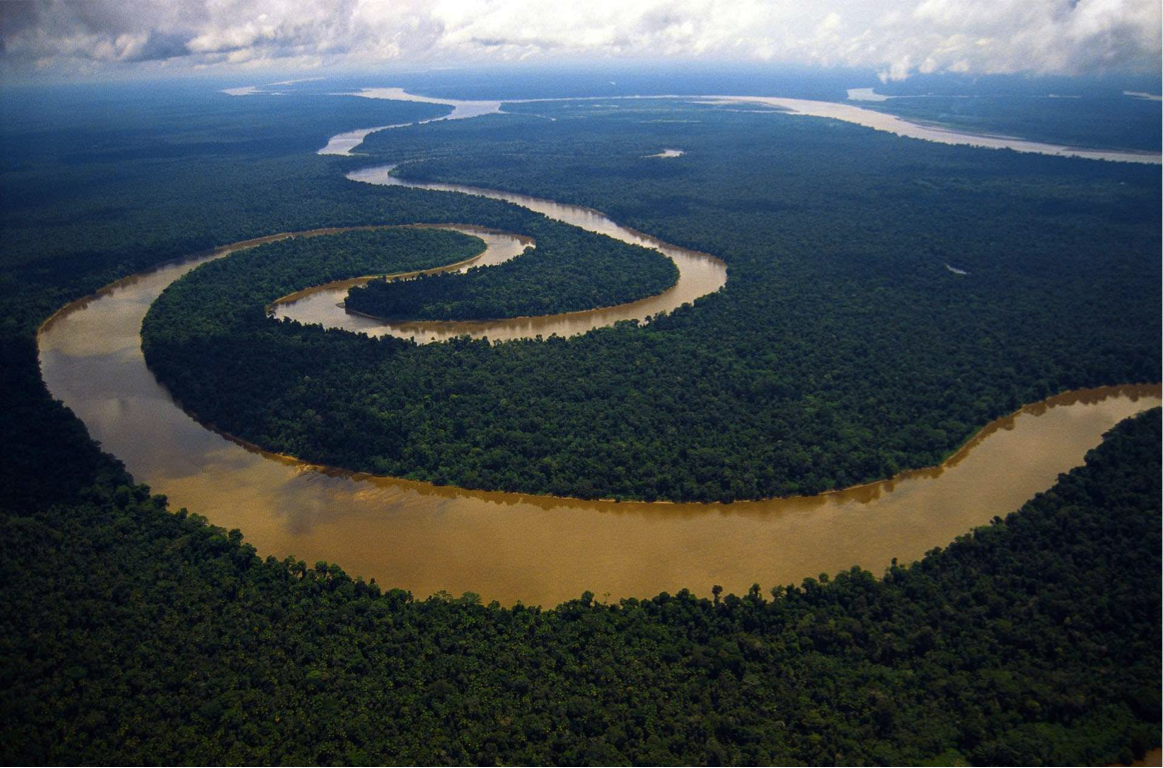
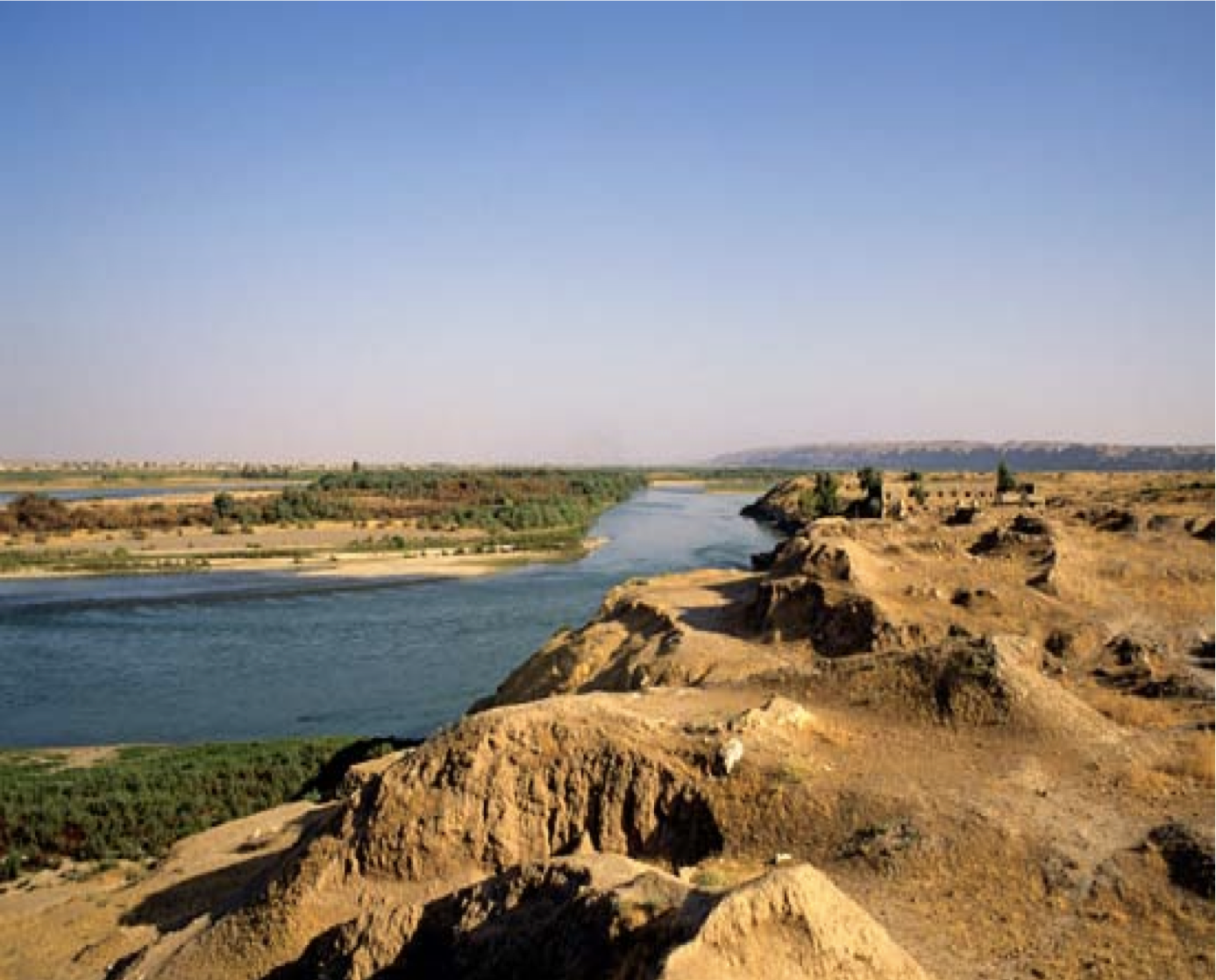


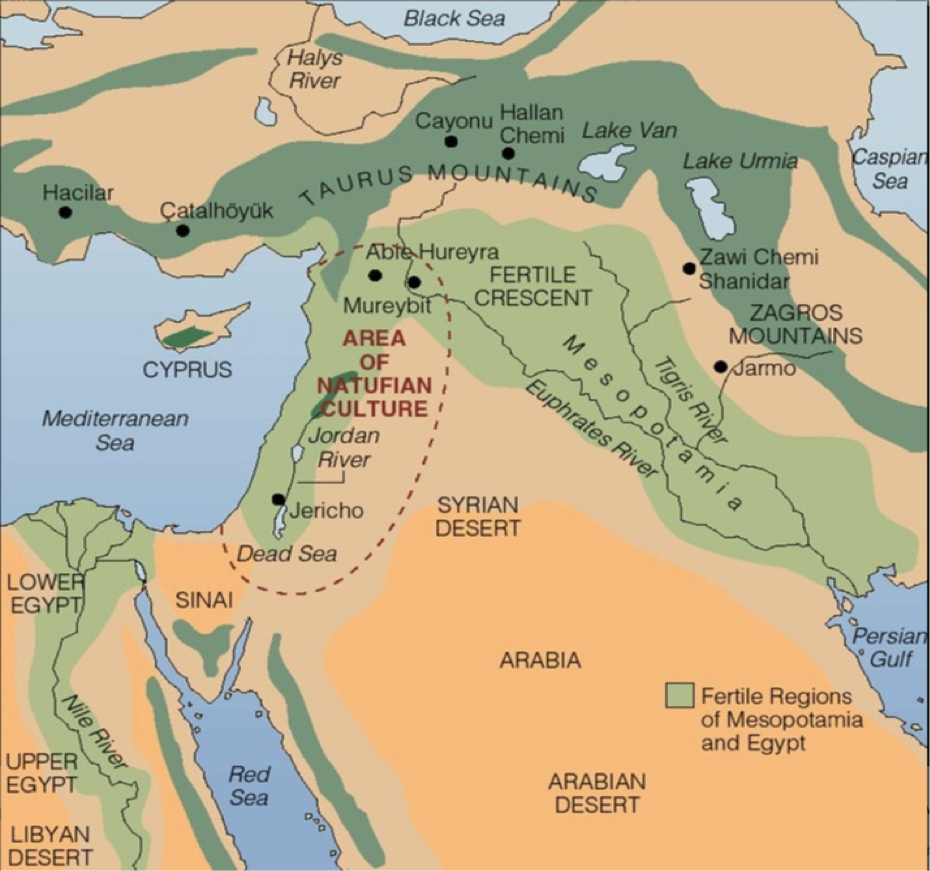
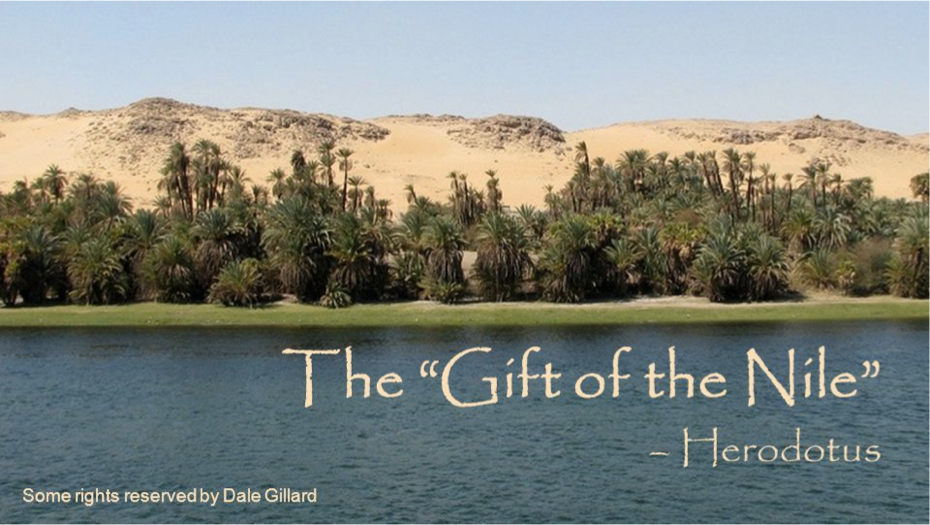






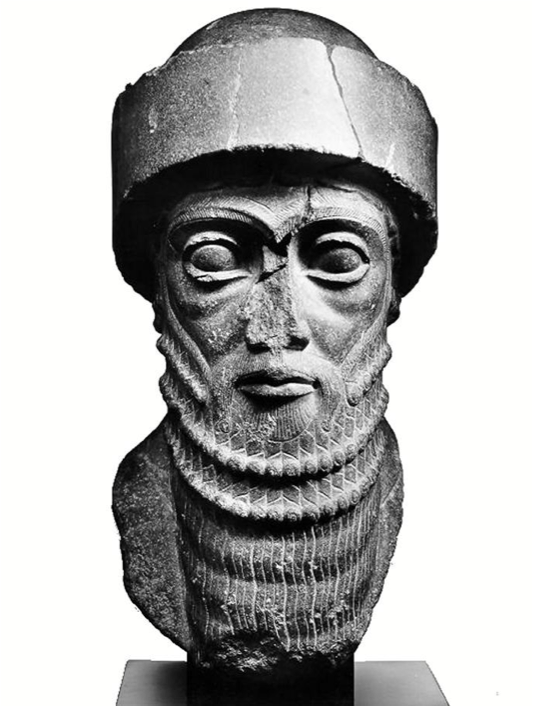












Comments
Post a Comment